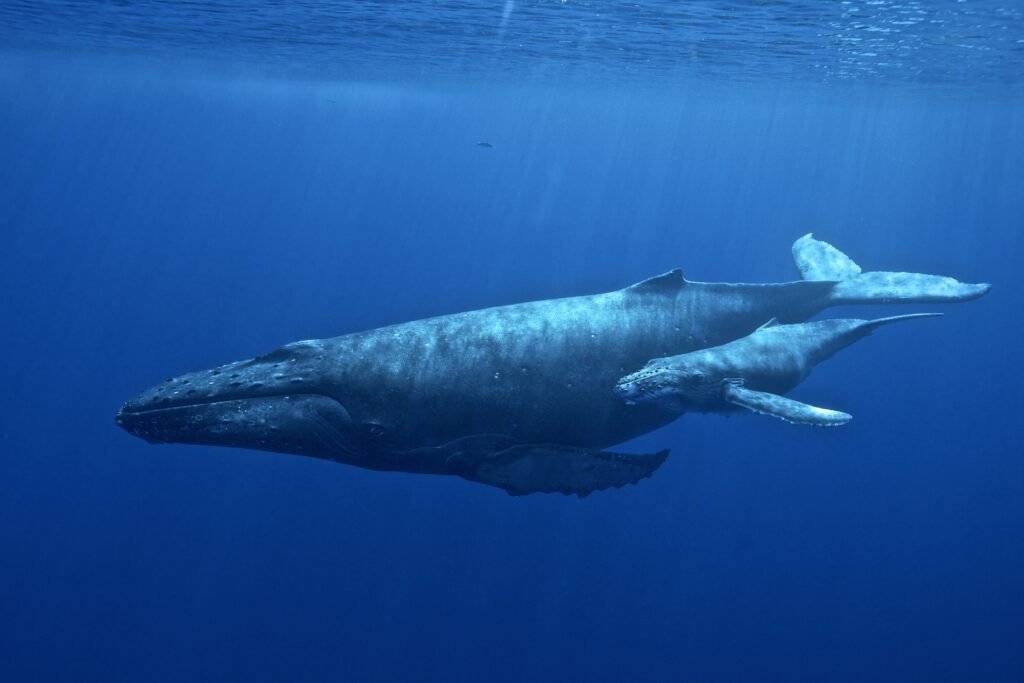Imagine watching a massive seventeen-foot great white shark in real-time as it glides through the dark Atlantic waters off Cape Cod. With cutting-edge satellite technology, this is no longer science fiction but daily reality for marine researchers. The East Coast has become an open-ocean laboratory where scientists are uncovering the secret lives of some of the world’s most formidable predators through revolutionary tracking systems.
The technological revolution transforming shark research has turned these apex predators into unwitting data collectors, revealing migration patterns that were completely unknown just two decades ago. From Massachusetts to Florida, sharks are carrying sophisticated computer systems on their dorsal fins, beaming location data to satellites orbiting high above Earth’s surface every time they surface for air.
Revolutionary SPOT Technology Changes Everything
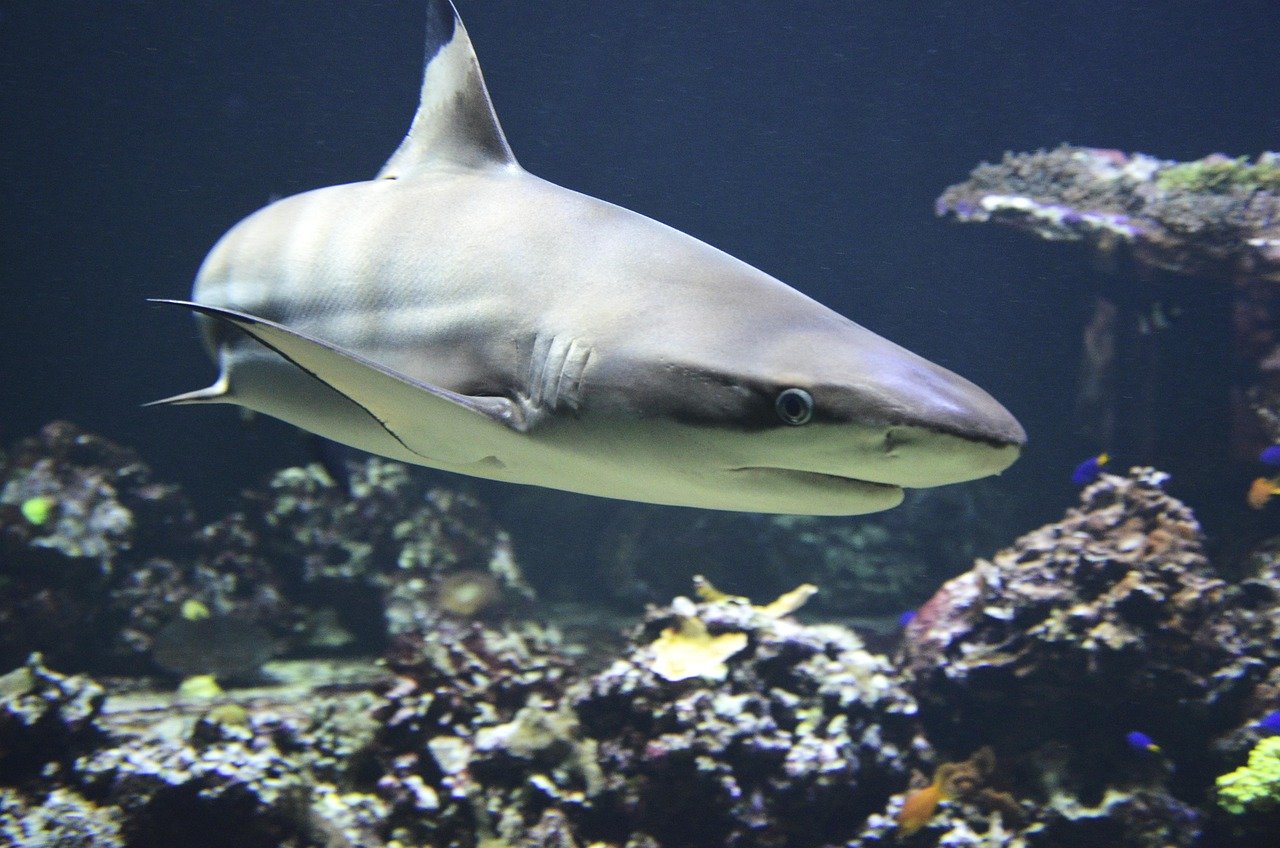
The Smart Position or Temperature Transmitting tag (SPOT) has transformed shark research with its unique ability to display a shark’s location each time the tag breaks the water’s surface for 90 seconds or more. These tags are placed directly on the shark’s dorsal fin and transmit the approximate location to satellites, with the information then plotted on tracking maps where anyone can track sharks to see where they travel.
What makes SPOT tags particularly remarkable is their precision and accessibility. The information is reported in real-time when the shark’s dorsal fin breaks the surface, and the tag transmits to overhead satellites, though the precision of position estimates varies depending on the time at the surface and number of detecting satellites. This technology has democratized shark research, allowing both scientists and the public to follow these ocean giants as they traverse thousands of miles of open water.
OCEARCH’s Groundbreaking Atlantic Research Program
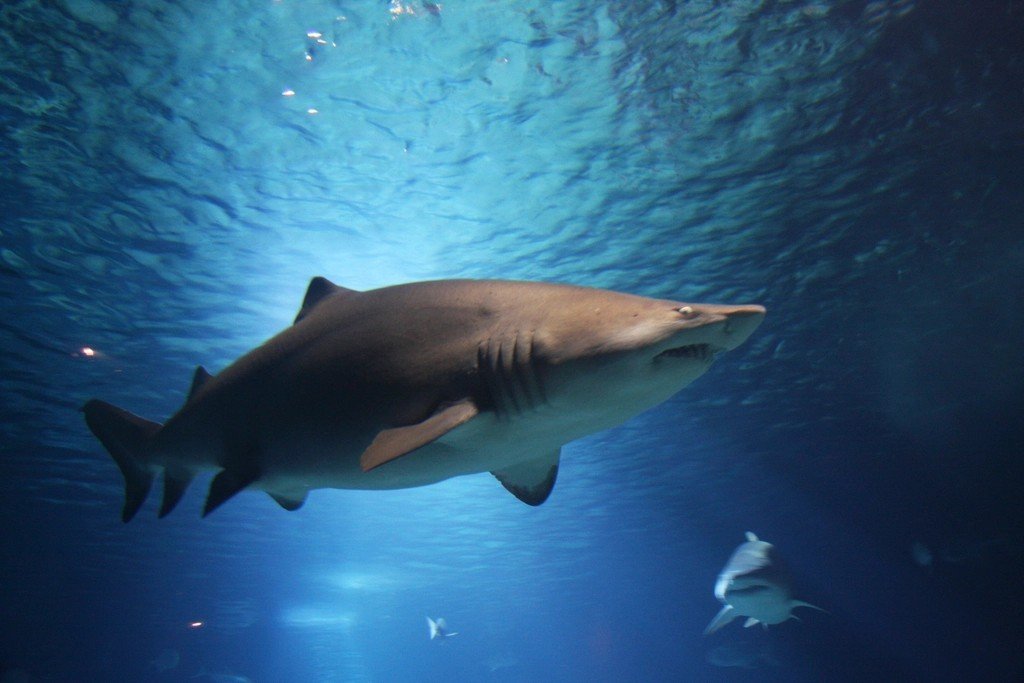
Using an unprecedented dataset from a combination of animal tracking technologies, researchers have analyzed the movement patterns of 48 white sharks tagged at different locations along the U.S. and Canadian Atlantic coasts, with OCEARCH having tagged 83 sharks over the past 9 years in the region. This massive undertaking represents the most comprehensive study of white shark movements ever conducted in the western North Atlantic.
The team’s findings show this population of white sharks makes predictable annual migrations between the northern and southern parts of their range, which stretches from Newfoundland to the eastern Gulf of Mexico, and after decades of decline, the white shark population of this region is slowly rebuilding thanks to conservation efforts over the past 25 years. The scale of this research has created an entirely new understanding of how these predators navigate the vast Atlantic Ocean.
The Seasonal Migration Highway Revealed

This migration south for winter is part of an annual cycle before their mating season kicks off at the end of winter, with sharks that feed in northern regions such as Cape Cod, Nova Scotia and Newfoundland over summer making their way south, and now at least 30 swimming around off the coasts of Virginia, North and South Carolina.
The patterns emerging from satellite data paint a picture of a highly organized migration system. Water temperature drives these movements, with sharks moving north as waters warm and seeking cooler waters, then starting equal shifts south in September and October. It’s like watching a natural highway system unfold across hundreds of miles of ocean, with sharks following invisible routes that have likely existed for millennia.
Temperature-Driven Navigation Systems

Blacktip sharks demonstrate this temperature-dependent behavior by leaving southeastern Florida in spring and traveling up the coast to Georgia and the Carolinas where females give birth and mating occurs in the summer, with many migrating as far north as Long Island, New York by late summer, then starting to migrate south back to Florida as water temperatures cool in the fall.
Climate change is already beginning to alter these ancient patterns. Experts point to changing oceanographic conditions caused by climate change as affecting traditional migration routes. The implications are staggering – warming oceans could push shark populations further north than ever before, potentially disrupting ecosystems that have evolved over thousands of years.
The Northwest Atlantic Shared Foraging Area Discovery

Sharks tagged as part of an ongoing study started in 2012 have consistently shown that nearly all tagged large white sharks in the Northwest Atlantic visit the Northwest Atlantic Shared Foraging Area (NASFA) at some point during their migrations, with most visiting in winter, and sharks tagged from Florida to Nova Scotia all spending time in the NASFA.
Recent data shows at least eight white sharks detected in the NASFA in the past week, which is a good indication there are plenty more white sharks in the area with them, with the waters off Charleston, South Carolina and Cape Canaveral, Florida seeing the highest concentration of detections. This discovery has revealed what researchers now call an underwater superhighway where sharks from across the Atlantic converge to feed.
Massachusetts Becomes a Shark Research Hub
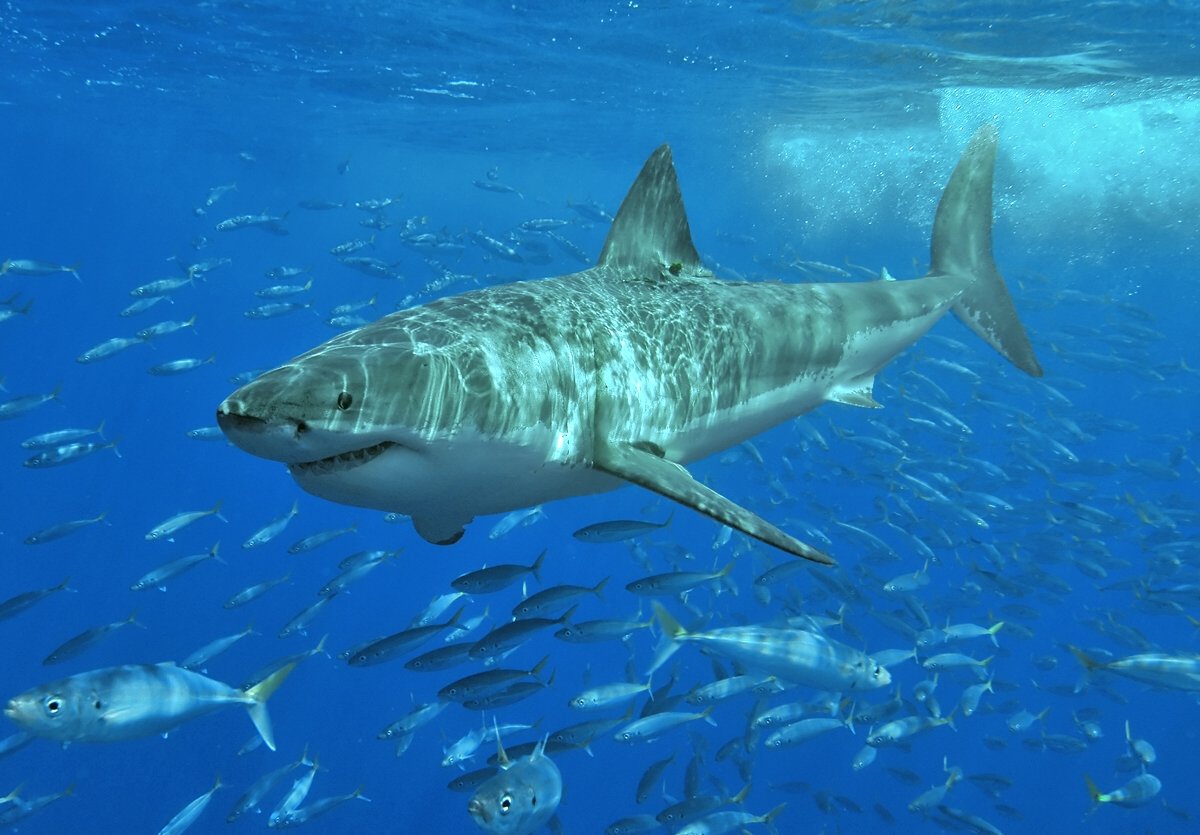
Seasonal white shark sightings off the Massachusetts coast have increased in recent years, with the Outer Cape becoming a popular location for white sharks as a growing population of gray seals live there, creating predictable access to white sharks in the North Atlantic and allowing researchers to tag more than 280 individual white sharks off the eastern coast of Cape Cod since 2009.
The transformation of Cape Cod into a shark research center has been nothing short of remarkable. The Atlantic White Shark Conservancy Sharktivity App was developed with input from the Massachusetts Division of Marine Fisheries, the Cape Cod National Seashore, and officials from Cape Cod and South Shore towns to raise awareness of the presence of white sharks off our coast. What once struck fear into beachgoers has become a source of scientific fascination and conservation success.
Real-Time Tracking Apps Bring Science to the Public
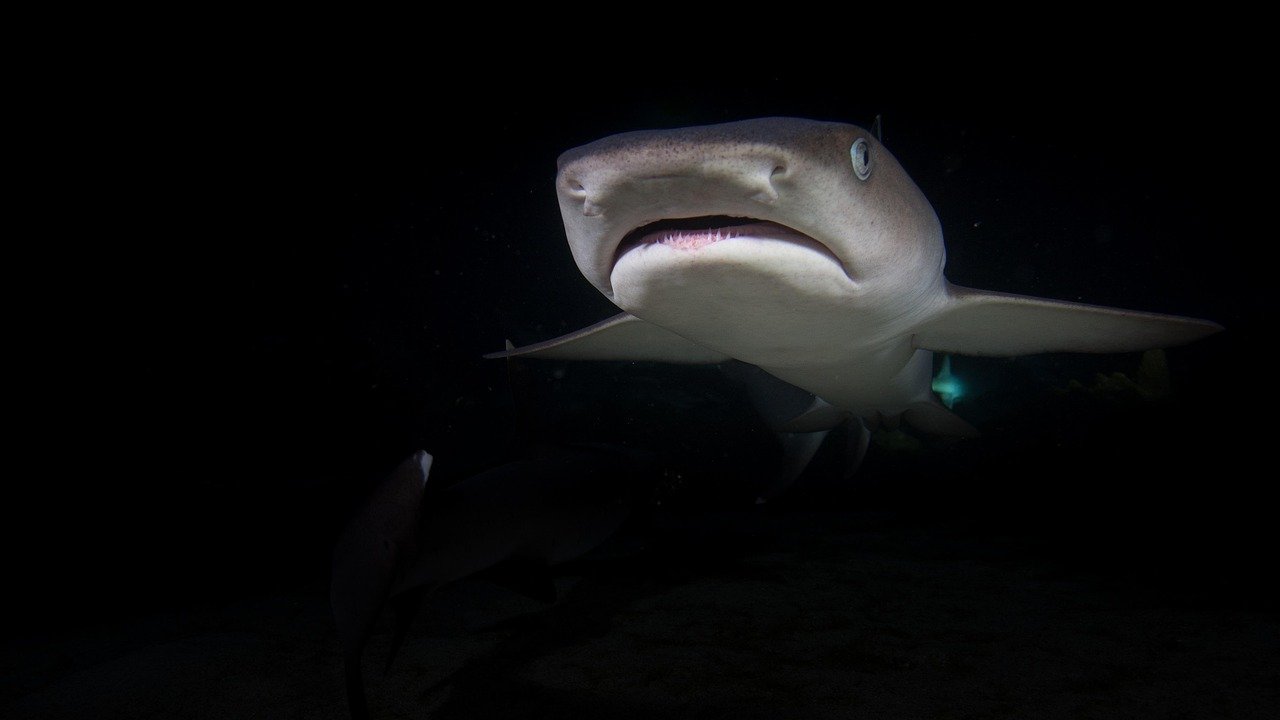
The Atlantic White Shark Conservancy Sharktivity App works to raise awareness of white sharks by showing users locations of white shark sightings, allows users to view white shark sightings and detections, and provides push notifications for alerts – confirmed sightings close to public beaches.
The App sightings are fed by researchers, safety officials, and users that upload photos for confirmation, and by enabling App users to report shark sightings and upload photos for confirmation, researchers are effectively crowd-sourcing critical data points on where sharks are spotted to reduce encounters and promote safety. This citizen science approach has turned beachgoers into active participants in groundbreaking marine research.
The Future of Ocean Conservation Through Technology

The satellite tracking revolution extends far beyond just understanding where sharks swim. The information gathered can be used by researchers to understand migration paths, locate possible birthing grounds and may help prevent negative shark encounters. These insights are reshaping how we think about marine protected areas and fishing regulations.
The next step involves getting this research in front of policymakers engaged in everything from fisheries management to public safety concerns in the western North Atlantic, with the paper serving as a model to decipher migratory patterns of white sharks in other regions across the globe. The technology that began as a way to track individual sharks has evolved into a powerful tool for protecting entire ocean ecosystems.
The satellite tracking of sharks along the U.S. East Coast represents one of the greatest success stories in modern marine science. What started with a few researchers attaching crude tags to sharks has blossomed into a sophisticated network of real-time data collection that rivals anything in terrestrial wildlife research. These technological marvels are not just revealing the secret lives of apex predators – they’re showing us how interconnected and fragile our ocean systems truly are. As these digital ocean ambassadors continue their ancient migrations, they’re writing a new chapter in conservation science, one satellite ping at a time. Who would have thought that the ocean’s most feared predators would become its most important messengers?

Hi, I’m Andrew, and I come from India. Experienced content specialist with a passion for writing. My forte includes health and wellness, Travel, Animals, and Nature. A nature nomad, I am obsessed with mountains and love high-altitude trekking. I have been on several Himalayan treks in India including the Everest Base Camp in Nepal, a profound experience.

